MODELING AND CONTROL OF LARGE SYSTEMS
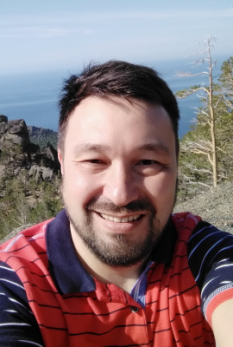 |
|
Alexey B. Iskakov, Head of Laboratory No. 82 |
In 2019, the Laboratory staff united the former employees of Laboratories No. 19 (Multivariate Control Systems) and No. 24 (Structural Analysis and State Prediction). The Head of the Laboratory is Cand. Sci. (Phys.–Math.) Alexey B. Iskakov.
Laboratory’s theoretical research mainly focuses on methods, algorithms, and a general theory for modeling and control of large dynamic systems, including:
- differential-geometric methods for investigating nonlinear systems of mathematical physics equations with strong or weak (contact) discontinuities;
- the principles of hierarchical multilevel decomposition and splitting of nonlinear operators in functional spaces followed by algorithmic parallelization of calculations for multiprocessor computing systems;
- mathematical and methodological foundations of identification, parameter estimation, and forecasting of time-varying objects and processes;
- stability and reliability analysis for distributed dynamic systems by studying spectral decompositions of disturbance energy and taking into account the eigenmode interaction and topology of the distributed system;
- a new concept of modal analysis for linear and nonlinear dynamic systems based on spectral decompositions of the solutions of Lyapunov and Sylvester equations;
- solutions and stability of periodic differential inclusions using Lyapunov functions.
The developed methods and algorithms are applied in the energy sector. A key applied area of Laboratory’s activities is traditionally related to developing oil and gas deposits with hard-to-recover reserves. Studies of new ways to produce hard-to-recover oil and gas reserves involve fluid and gas mechanics, numerical modeling, and the mathematical theory of optimal control. Within this area, the Laboratory considers the following topical problems:
- modeling of multiphase fluid filtration processes (oil, gas, gas condensate, and active displacement agents) in heterogeneous saturated porous media of fields using various cyclic control actions (wave, thermal, and physical-chemical);
- identification methods for the generalized filtration-capacitance parameters of filtration models based on hydrodynamic and geophysical data on wells using perturbation theory methods and the iterative regularization of inverse mathematical physics problems;
- optimal control of natural hydrocarbon reservoir development and hierarchical methods based on the Lagrange, Bellman, and Pontryagin optimality principles with the effective embedding of parallel algorithms in the architecture of multiprocessor computing systems.
Another key area of Laboratory’s applied research is new methods and algorithms for assessing stability and control in complex power grids. Here, the Laboratory considers the following topical problems:
- adaptive tuning of system controllers of large generators, the optimal location of stabilizers and elements of a wide-area monitoring system (WAMS) in the power grid, and determining transfer capacities and optimal power flow in the grid based on energy criteria;
- monitoring and intelligent control of distributed power macro- and microgrids based on nonlinear integral evolutionary models, spectral decompositions of nonlinear operators, and machine learning methods;
- algorithms for optimal energy storage and balancing in local power grids (microgrids) with distributed control and methods for increasing their stability.
The Laboratory continues many-year research of Laboratories No. 19 and No. 24.
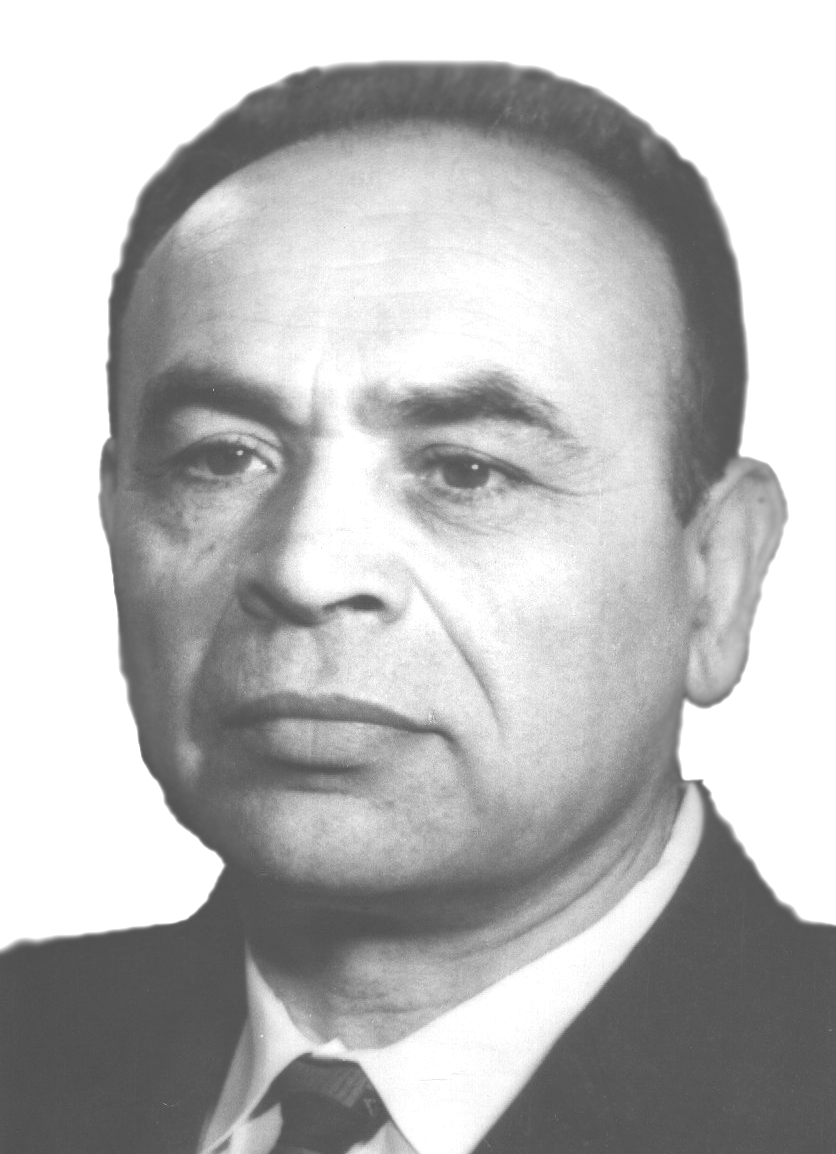 |
|
Mikhail V. Meerov |
Laboratory No.19 of Electromagnetic Tracking Systems was established in 1957 and renamed the Laboratory of Multivariate Control Systems in 1962. In 1962–1991, it was headed by Dr. Sci. (Eng.), Prof. Mikhail V. Meerov, Laureate of the Andronov Prize. In 1991–2005, the Laboratory was headed by Dr. Sci. (Phys.–Math.), Prof. Vladimir N. Kulibanov. From 2005 until 2019, the Laboratory was headed by Cand. Sci. (Eng.), Atlas V. Akhmetzyanov.
In the first years, Laboratory No. 19 dealt with constructing high-precision control systems. They were based on the ideas and methods developed by M.V. Meerov; see his fundamental publications “On Automatic Control Systems Stable under an Arbitrarily Large Gain” (Avtomatika i Telemekhanika, 1947, vol. 8, no. 4, pp. 225–242) and “Multivariate Combined Control Systems” (Avtomatika i Telemekhanika, 1963, vol. 24, no. 5, pp. 628–639) as well as several monographs and papers. These studies are still relevant today. Also, the Laboratory analyzed the statistical properties of disturbances and object parameters in control systems. That research was led by Iosif I. Perelman, who developed the theory of operators for predicting the output response of a controlled object and methods of their use in control problems. In 1967, I.I. Perelman headed the independent group in Laboratory No. 39. I.B. Semenov, later Scientific Secretary of the Institute and Head of Laboratory No. 52, worked in the Laboratory for a long time.
Since the mid-1960s, methods for constructing multivariate optimal control systems were actively developed in Laboratory No. 19. O.I. Larichev, later an Academician of the Russian Academy of Sciences, worked in this area.
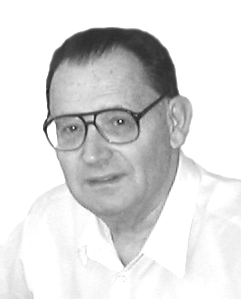 |
|
Vladimir N. Kulibanov |
In his research, V.N. Kulibanov developed methods for constructing closed loop optimal control systems based on the Bellman equation and the theory of hyperbolic partial differential equations (PDEs) of the first order. R.T. Yanushevskii applied functional analysis methods for optimizing multivariate systems. For problems with state-space constraints, Ya.M. Bershchanskii proposed an iterative optimal control design method based on the ideas of A.A. Milyutin and A.Ya. Dubovitskii.
In the 1970s–1980s, methods and effective computational algorithms for solving linear optimization problems for parabolic and elliptic PDEs were actively developed by B.L. Litvak and M.V. Meerov. A family of effective algorithms for solving optimization problems on finite sets was proposed by O.Yu. Pershin, O.A. Babich, and A.B. Boronin. In particular, a unified decomposition scheme into an NP-hard and polynomial subproblems was developed for a wide class of problems (optimal design of multicomponent networks and arrangement of objects with a multicomponent link structure). In addition, note the following results:
- Approximate models of multivariate systems with an unstable input-output relation were investigated; new sets of uniform regularization were obtained in the problem of determining the output signal of a multivariate linear object by an approximately known input signal (A.V. Cherepakhin).
- New solution methods were proposed that take better account of a priori information about object properties. Based on the three areas of research, several libraries of computational programs were developed and applied in the oil and gas industry (A.V. Cherepakhin).
- Sufficient conditions of the local and global controllability of multivariate systems described by nonlinear ordinary differential equations were formulated and investigated (M. Yu. Levit).
In the 1990s, a universal computational scheme with a polynomial complexity estimate was developed to construct a sequence of best solutions for problems on finite sets (e.g., matroids) and problems satisfying the optimality principle (O.Yu. Pershin). Control systems describing filtration of components in porous media were analyzed in qualitative terms (A.V. Akhmetzyanov and V.N. Kulibanov). The obtained results were adopted to develop methods and algorithms for building optimal dynamic control systems of hydrodynamic processes in oil field development.
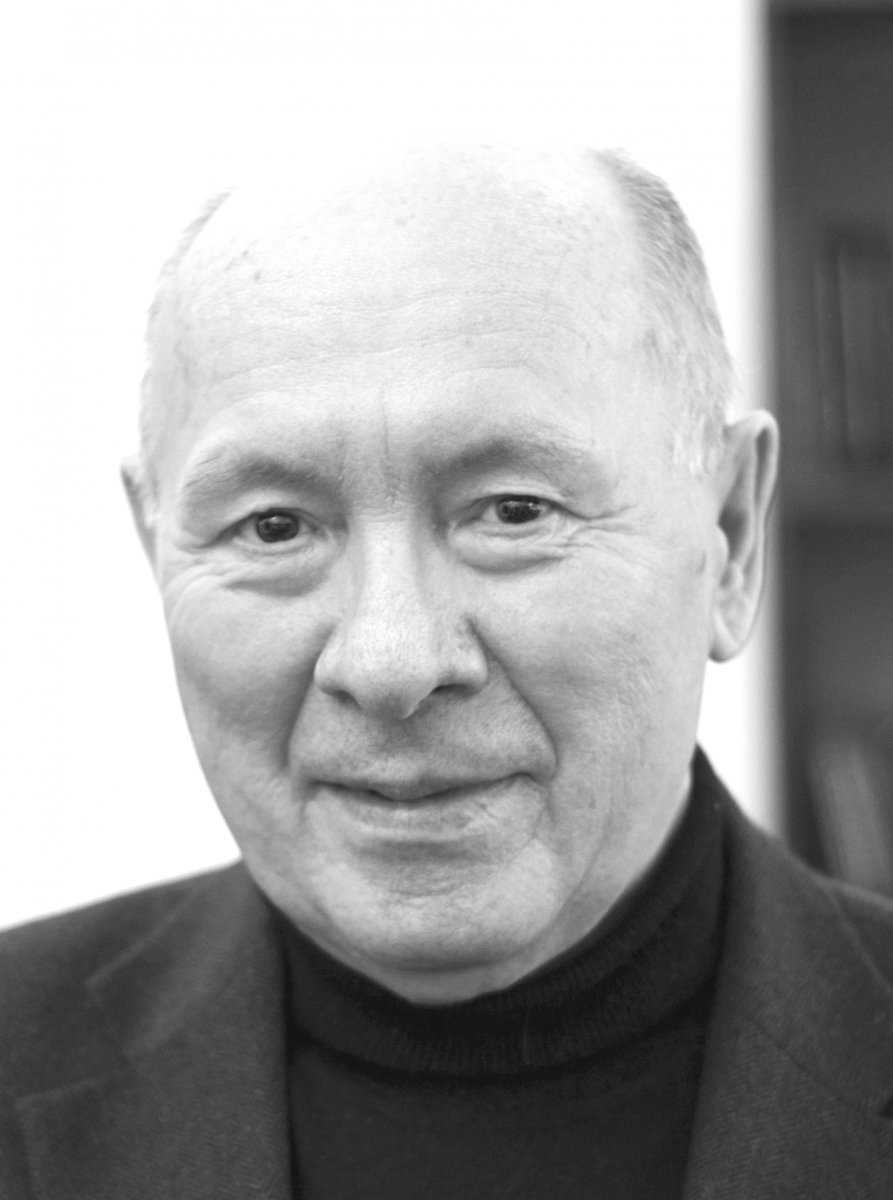 |
|
Atlas V. Akhmetzyanov |
Since 2005, Laboratory No. 19 focused on developing and generalizing the results obtained in the 2000s under V.N. Kulibanov. Active fundamental research was conducted on the modeling and control of high-dimensional nonlinear dynamic multivariate systems, particularly filtration processes for gas-liquid mixtures (oil, gas, and water with active impurities) in heterogeneous porous media with compressible filtered liquids and gases. The results of those studies confirmed the need to develop new principles for modeling and control of processes in the multivariable systems taking into account the structural and physical features of their state space and moving substances as well as the nature of the feasible control actions. As shown, the highest efficiency in solving these problems can be achieved using the decomposition principles of the multigrid finite-difference or finite-element approximation of the state space in combination with different ways to split the grid operators by physical processes and spatial coordinates.
In the 2010s, Laboratory No. 19 started developing differential-geometric methods for solving singular modeling and control problems for nonlinear time-varying multivariate systems with distributed parameters. On its initiative, a research group was formed from employees of Laboratories No. 6 and No. 19 to develop optimal control models for singular heat and heat-mass transfer processes in continuous and porous media.
Differential-geometric methods are aimed at studying and modeling special operational modes in the considered classes of multi-loop controlled objects. Usually, these modes correspond to singular solutions of a nonlinear system of mathematical physics equations with strong or weak (contact) discontinuities, on which the Rankine–Hugoniot conditions must be satisfied. (These conditions follow from the conservation laws.) Discontinuous solutions cause the extra-high dimensionality problem when constructing traditional finite-difference or finite-element schemes (1012 and more nodes): the grid step must be significantly reduced to localize the jump and ensure the accuracy and stability of numerical methods. With differential-geometric methods, the grid step is adaptively reduced only when approaching the discontinuity surface. Hence, there are favorable conditions for decreasing the grid approximation dimension appreciably under the required accuracy and stability of computational processes. As a result, there arise broad prospects for applying hierarchical decomposition methods with splitting and parallel implementation of multilevel computational algorithms on hybrid multiprocessor and multi-core computing systems (using MPI, OpenMP, OpenCL, CUDA, and other interfaces) to model and control in real time different nonlinear, nonstationary, non-isothermal processes in the multivariate industrial objects with distributed parameters, including:
– non-isothermal processes of multiphase and multicomponent fluid filtration (oil, gas, displacement agents, etc.) in heterogeneous porous media of natural hydrocarbon reservoirs;
– physical-chemical, thermal, wave, and other control effects on filtration to displace heavy and high-viscosity oil and natural bitumens in the fields;
– heat-mass transfer, heat conduction, convection-diffusion, phase transition, and other processes in the chemical, oil refining, mining, metallurgical, and other industries;
– non-stationary multiphase media flow processes in elevators of vertical and horizontal wells of oil, gas, gas-oil, gas-condensate, and oil-gas-condensate fields;
– non-stationary, non-isothermal multiphase media flows (gas, oil, gas condensate, formation water, etc.) in gas and oil field pipeline networks;
– non-stationary flow distribution processes in global gas or power supply systems.
Traditionally, Laboratory No. 19 actively participated in the training of young researchers: for many years, M.V. Meerov headed the Department of Automation and Remote Control at the Russian State University of Oil and Gas (Gubkin University), and V.N. Kulibanov was a tutor there; O.Yu. Pershin presently works at Gubkin University.
During the existence of Laboratory No. 19, its employees defended 3 doctoral and over 10 candidate’s dissertations. They wrote several monographs and over 340 papers and reports.
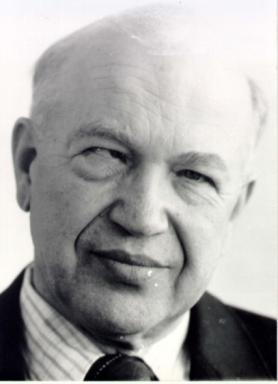 |
|
Moris A. Rosenblat, Founder and first Head of Laboratory No. 24 |
Laboratory No. 24 (Magnetic and Transistor-Magnetic Devices for Automatic Control Systems and Computing Machines) was established in 1962. Its founder, and leader up to 1991, was Dr. Sci. (Eng.), Prof. Moris. A. Rosenblat. In 1991, Dr. Sci. (Eng.), Prof. Alexey A. Romashchev became Head of Laboratory No. 24. In 2006, Dr. Sci. (Eng.), Prof. Igor B. Yadykin was elected the Head.
Even before creating Laboratory No. 24, the Institute studied the magnetic properties of various materials to construct technical means of automation, control systems, and computing machines. Construction principles, calculation methods, and design techniques were developed for magnetic amplifiers, modulators, and high-sensitive magnetic field strength probes. When developing complexes of transistor-magnetic memory, monitoring, and control devices, methods were investigated to increase their accuracy, reliability, and fault-tolerance under magnetic interference.
During his work at the Institute, Rosenblat laid the foundations of construction and developed technical implementation principles for magnetic amplifiers and transistor-magnetic data acquisition, conversion, processing, and storage devices for information, automatic control, and computing systems. In fact, he created the domestic scientific school in this area. The results were presented in his numerous scientific papers, inventions, and monographs; many were translated into foreign languages. Rosenblat’s monographs became desk books for experts in the technical means of information, control, and computing systems.
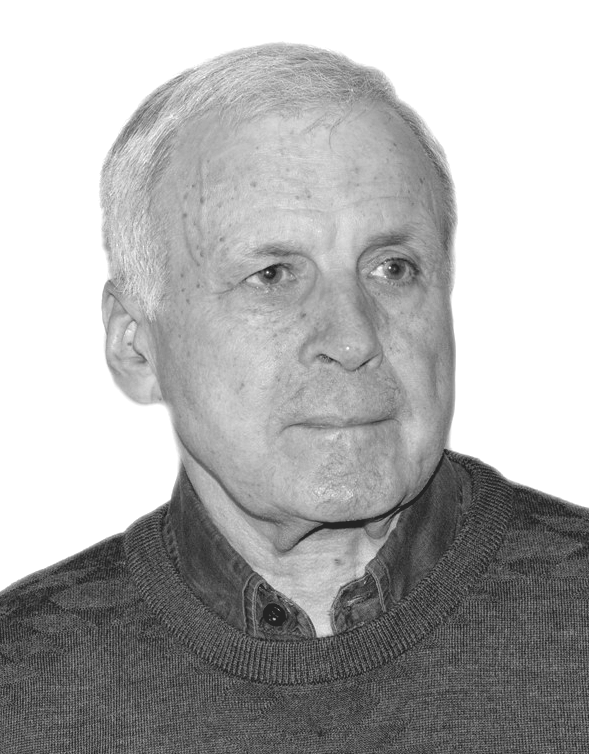 |
|
Igor B. Yadykin |
Growing requirements for the efficiency and reliability of mathematical monitoring and control systems motivated research on the control of complex systems. Design principles were developed for unified programmable transducers to create various types of intelligent lower-level measuring devices. Intellectualization sharply reduces the volume and increases the reliability of information coming to the upper levels of monitoring and control systems.
Since 2007, Laboratory No. 24 developed a new research area related to the fundamental control problems in the large electric power industry. Studies were carried out under commercial contracts with the Russian Power System Operator (RPSO). Laboratory’s employees participated in FP7 Programs within the project “Intelligent Coordination of Operational and Emergency Control of the European Union and Russia Energy Associations.” In this area, together with other laboratories of the Institute, identification methods were developed for models of complex power systems to determine the participation of power companies in the overall regulation of frequency and power in the RPSO based on power systems observations.
Another line of this research concerns new design methods for automatic controllers of a given structure to increase the degree of stability of electromechanical oscillations in interconnected power systems. Robust H2-optimal algorithms with a reference model were proposed to tune a controller of a given structure. A mixed H2⁄H∞-optimal control method was developed to tune fixed-order controllers for single-input single-output (SISO) and multiple-input multiple-output (MIMO) plants in the state space. Complex PID controllers were robustly optimized by minimizing the H2 norm of the difference between the transfer functions of the closed loop tuned and reference systems under linear matrix inequalities constraints imposed on the H2 norm of the transfer function of the tunable system (jointly with Dr. Sci. (Eng.) M.M. Tchaikovsky from Laboratory No. 1).
In 2007, Prof. Yadykin proposed a method for calculating the spectral decomposition of the squared H2 norm of the transfer function, and later the Lyapunov integral, based on the spectral decomposition of the Lyapunov matrix integral in which the resolvent of the dynamics matrix is represented as a Faddeev series. These results yielded a new energy approach to stability analysis based on spectral decompositions of solutions of Lyapunov matrix differential and algebraic equations. As proved, when a weakly stable system approaches the stability limit, the Gramian of the system can be estimated by the sum of sub-Gramians of weakly stable modes. The Gramian method was successfully applied to analyze the stability of normal and pre-fault electric power operation modes at the feasibility study stage. Subsequently, these results were developed by Prof. Yadykin and his colleagues from Laboratories No. 19, 24, 38, and 41 with application to stability analysis of power systems. In particular, the following results were obtained:
- Methods and algorithms were developed to calculate the spectral decompositions of the Gramians and the squared H2 norm of the resolvent and the transfer function of the system based on the singular decomposition of the dynamics matrix of a continuous-time system.
- Design principles and algorithms were developed for an immune intelligent system to monitor the static stability of power systems based on associative search, multi-agent control, and the Gramian method.
- A method was developed to solve discrete Lyapunov and Sylvester algebraic equations for matrices with simple and multiple spectra.
- Asymptotic Gramian models were developed to analyze the stability of linear continuous power systems operating near the stability limit.
- The spectral decomposition was obtained for the solution of the Lyapunov and Sylvester matrix differential equations with nonzero initial conditions for simple and multiple eigenvalues of the dynamics matrices.
- The spectral decomposition was obtained for the solution of Krein matrix equations.
- The spectral decomposition was obtained for the solution of discrete matrix Lyapunov equations for bilinear dynamic systems.
- The Gramian method was extended to medical diagnosis problems (first results).
Laboratory’s achievements in the identification and forecasting of time-varying nonlinear plants were also used to analyze and control large-scale dynamic systems, including economic ones (Dr. Sci. (Phys.–Math.) V.G. Kleparskii).
Robust stability criteria were derived for nonlinear control systems with periodic constraints. Different robust stability conditions were established for linear time-varying control systems with interval constraints on system matrix elements. The robust stability of continuous-time linear time-varying control systems with periodic constraints was analyzed by developing a numerical construction algorithm for periodic Lyapunov functions from given parametric classes. This algorithm is based on solving the corresponding minimax problems of mathematical programming (Dr. Sci. (Phys.–Math.) M.V. Morozov).
For many years, Laboratory No. 24 included a sector under Cand. Sci. (Eng.) N.E. Mengazetdinov. This sector developed construction principles and technical implementation methods for lower-level automation means for data measurement, conversion, primary processing, and transmission to the upper levels of monitoring and control systems. Algorithms and circuitry solutions were proposed for measuring and converting signals based on invariance principles. They automatically select the measuring range and consider influence factors and individual characteristics of the measuring channel, including those of sensitive elements. A unified small-size microcontroller was prototyped and embedded into intelligent sensors.
Among important applied works of Laboratory No. 24, note participation in developing the upper-unit control system for nuclear power plants (NPPs). The system was implemented at Bushehr NPP (Iran) and new-generation domestic NPPs.
The theoretical and practical results of Laboratory No. 24 are used in various sectors of the national economy. In this context, note the works on developing intelligent power systems with active-adaptive networks. Laboratory’s employees participated in developing the concept of such power systems for the Federal Grid Company of the Unified Energy System (design principles and architecture of automated and a multi-agent static stability monitoring system operating in real time).
The staff of Laboratory No. 82 has published over 400 scientific works, including 17 monographs.
